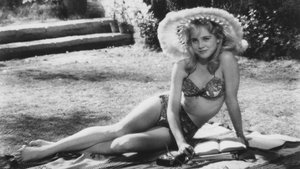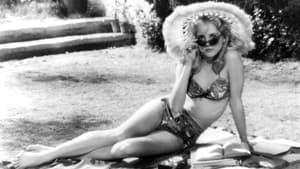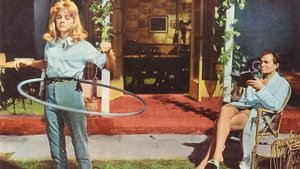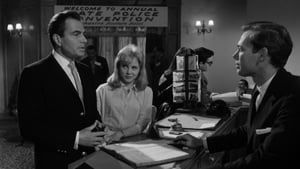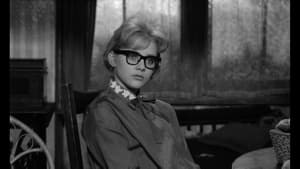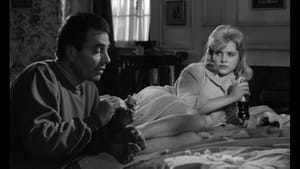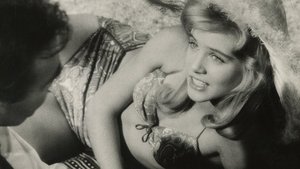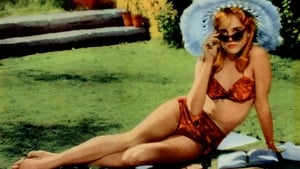Contact: [email protected]
Video Sources 0 Views
- Watch trailer
- Lolita

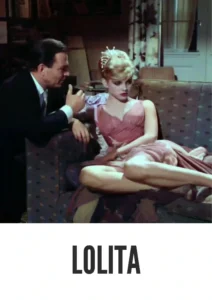
Synopsis
Table of Contents
Toggle“Lolita” (1962): Stanley Kubrick’s Bold Exploration of Desire and Obsession

Introduction
“Lolita” (1962), directed by Stanley Kubrick, remains one of cinema’s most controversial and enduring films. Based on Vladimir Nabokov’s provocative novel, the film tells the story of Humbert Humbert, a middle-aged professor who becomes infatuated with his adolescent stepdaughter, Dolores Haze, whom he nicknames Lolita. Through its exploration of taboo subjects such as forbidden desire, obsession, and moral decay, “Lolita” challenges societal norms and pushes the boundaries of cinematic storytelling. With its striking visuals, mesmerizing performances, and unflinching examination of complex themes, “Lolita” continues to captivate and provoke audiences over half a century after its release.
Check The Full Colorized Movies List
Check Our Colorized Movies Trailer Channel
The Artistry of “Lolita”
Kubrick’s Vision
At the helm of “Lolita” is director Stanley Kubrick, known for his meticulous attention to detail and innovative storytelling techniques. Kubrick brings his signature visual style and narrative sophistication to the adaptation, creating a film that is as visually stunning as it is thematically rich. Through his masterful direction, Kubrick invites viewers into the twisted world of Humbert Humbert, challenging them to confront uncomfortable truths about desire, obsession, and the corruption of innocence.
Captivating Performances
Central to the film’s success are the captivating performances of its cast, led by James Mason as Humbert Humbert, Sue Lyon as Lolita, and Peter Sellers as Clare Quilty. Mason delivers a nuanced and haunting portrayal of Humbert, capturing the character’s inner turmoil and moral ambiguity with remarkable depth. Lyon brings a mix of innocence and allure to the role of Lolita, embodying the character’s complex psychology with vulnerability and defiance. Sellers, in a dual role as the enigmatic Clare Quilty, adds an element of mystery and intrigue to the narrative, elevating the film with his electrifying presence.
Revisiting the Storytelling Mastery: Plot and Themes
Forbidden Desire and Moral Decay
“Lolita” delves into the forbidden desires and moral decay that unfold as Humbert becomes increasingly obsessed with Lolita. Their relationship becomes a dark and destructive force, leading to tragedy and heartbreak. Through its exploration of taboo subjects and the darker aspects of human nature, the film challenges viewers to confront uncomfortable truths about love, lust, and the nature of obsession.
The Corruption of Innocence
At its core, “Lolita” is a meditation on the corruption of innocence, as Humbert’s obsession with Lolita leads him to betray her trust and destroy her youthful innocence. The film forces viewers to reckon with the consequences of Humbert’s actions and the devastating impact they have on Lolita’s life. Through its unflinching portrayal of exploitation and manipulation, “Lolita” serves as a cautionary tale about the dangers of unchecked desire and moral depravity.
Behind the Scenes of “Lolita”
Kubrick’s Cinematic Mastery
Stanley Kubrick demonstrates his mastery of the cinematic medium, crafting a visually stunning and thematically rich film that lingers in the mind long after the credits roll. From the film’s lush cinematography to its evocative production design, every frame of “Lolita” is infused with Kubrick’s signature style and attention to detail. Through his meticulous direction and innovative use of cinematic techniques, Kubrick creates a sense of atmosphere and mood that draws viewers deeper into the psychological drama unfolding on screen.
Collaborative Excellence
“Lolita” was a collaborative effort, with Kubrick working closely with his cast and crew to bring Nabokov’s novel to life on screen. From the haunting score of composer Nelson Riddle to the exquisite costumes of designer James C. Katz, every aspect of the film was carefully crafted to enhance the narrative and enrich the viewing experience. Through their collective talent and dedication, the cast and crew of “Lolita” created a cinematic masterpiece that continues to captivate and provoke audiences with its bold storytelling and uncompromising vision.
Legacy and Influence on Cinema
Cultural Impact
Upon its release, “Lolita” sparked controversy and debate with its daring exploration of taboo subjects and provocative themes. Despite facing censorship and condemnation from certain quarters, the film went on to become a critical and commercial success, earning praise for its bold storytelling and powerful performances. Over the years, “Lolita” has continued to be celebrated as a landmark of cinematic history, inspiring filmmakers and artists with its uncompromising vision and fearless exploration of the darker aspects of human nature.
Influence on Filmmaking
“Lolita” has left an indelible mark on the world of cinema, influencing generations of filmmakers with its bold storytelling and innovative approach to narrative. From its exploration of taboo subjects to its subversion of traditional cinematic conventions, the film has inspired filmmakers to push the boundaries of storytelling and challenge societal norms. As viewers revisit “Lolita” in the present day, they are reminded of its enduring relevance and its profound insights into the complexities of human desire and morality, serving as a timeless reminder of the power of cinema to provoke thought, stimulate debate, and inspire change.
Where to Watch “Lolita (1962) Full Movie”?
For those eager to experience the daring and provocative brilliance of “Lolita” in its entirety, the film is readily available on various streaming platforms and home video releases. Whether you’re a fan of classic cinema, provocative storytelling, or bold exploration of taboo subjects, “Lolita” promises to captivate and provoke audiences with its unflinching portrayal of the darker aspects of human nature.
In Conclusion
“Lolita” (1962) stands as a daring and provocative masterpiece that continues to captivate and provoke audiences with its bold storytelling and uncompromising vision. Through its exploration of forbidden desire, obsession, and moral decay, the film challenges viewers to confront uncomfortable truths about love, lust, and the corruption of innocence. As we revisit the world of Humbert Humbert and Lolita, let us be reminded of the enduring power of cinema to provoke thought, stimulate debate, and inspire change, serving as a timeless reminder of the complexities of the human condition.
